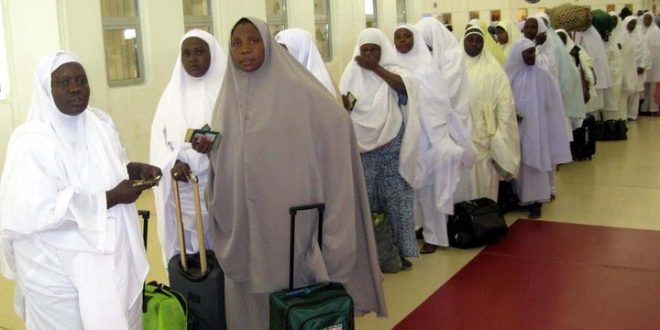Masses of pilgrims commenced the symbolic stoning of the devil in Saudi Arabia on Sunday, enduring the intense summer heat of 47 degrees Celsius.
This ritual signifies the final days of the Hajj pilgrimage and the start of Eid al-Adha celebrations for Muslims worldwide.
The stoning ritual is one of the concluding rites of Hajj, a mandatory religious duty for Muslims and one of the Five Pillars of Islam.
This event follows the gathering of over 1.8 million pilgrims at Mount Arafat, a sacred site near Mecca, on Saturday, where they performed essential Hajj rituals.
On Saturday evening, pilgrims travelled from Mount Arafat to Muzdalifa, a nearby site, to spend the night and collect pebbles for the stoning ritual.
The symbolic act of casting stones at pillars represents the rejection of evil and commemorates the trials of Prophet Ibrahim, who was commanded by God to sacrifice his son Ismail.
According to Islamic tradition, Ibrahim’s faith was tested, but God ultimately spared his son.
Early Sunday morning, pilgrims made their way to Mina, where the stoning takes place.
Despite the sweltering heat, many pilgrims expressed gratitude for completing this significant part of their pilgrimage.
“Thank God, the process was joyful and good,” said Abdel-Moaty Abu Ghoneima, an Egyptian pilgrim.
The Associated Press reported that several elderly pilgrims collapsed from the heat while travelling to the stoning site.
Security forces and medical personnel were on hand to assist, transporting those who fainted to ambulances or field hospitals.
The Saudi meteorological authorities recorded temperatures reaching 47 degrees Celsius in Mecca and 46 degrees Celsius in Mina.
Pilgrims will remain in Mina for up to three days, performing the stoning ritual by casting seven pebbles at three different pillars each day.
This act symbolises the rejection of evil and sin. Additionally, pilgrims will perform the “tawaf,” a ritual involving the circumambulation of the Kaaba in the Grand Mosque in Mecca.
The Farewell Tawaf marks the end of the Hajj pilgrimage as pilgrims prepare to depart the holy city.
Eid al-Adha, meaning “Feast of Sacrifice,” is a four-day celebration that commemorates Ibrahim’s test of faith.
Muslims who can afford to do so will slaughter livestock and distribute the meat to the poor, reflecting the values of sacrifice and charity.
While most countries marked Eid al-Adha on Sunday, others, like Indonesia, celebrated it on Monday. After completing the Hajj, men traditionally shave their heads, and women cut a lock of hair as a symbol of renewal.
Many pilgrims also travel to Medina, approximately 340 kilometres from Mecca, to pray at the Prophet Muhammad’s tomb, located in one of Islam’s three holiest sites.
More than 1.83 million Muslims performed Hajj in 2024, according to Saudi Hajj and Umrah Minister Tawfiq bin Fawzan al-Rabiah.
This year’s pilgrimage, set during the peak summer heat, posed additional challenges due to the extreme temperatures.
 National Telescope national telescope newspaper
National Telescope national telescope newspaper



